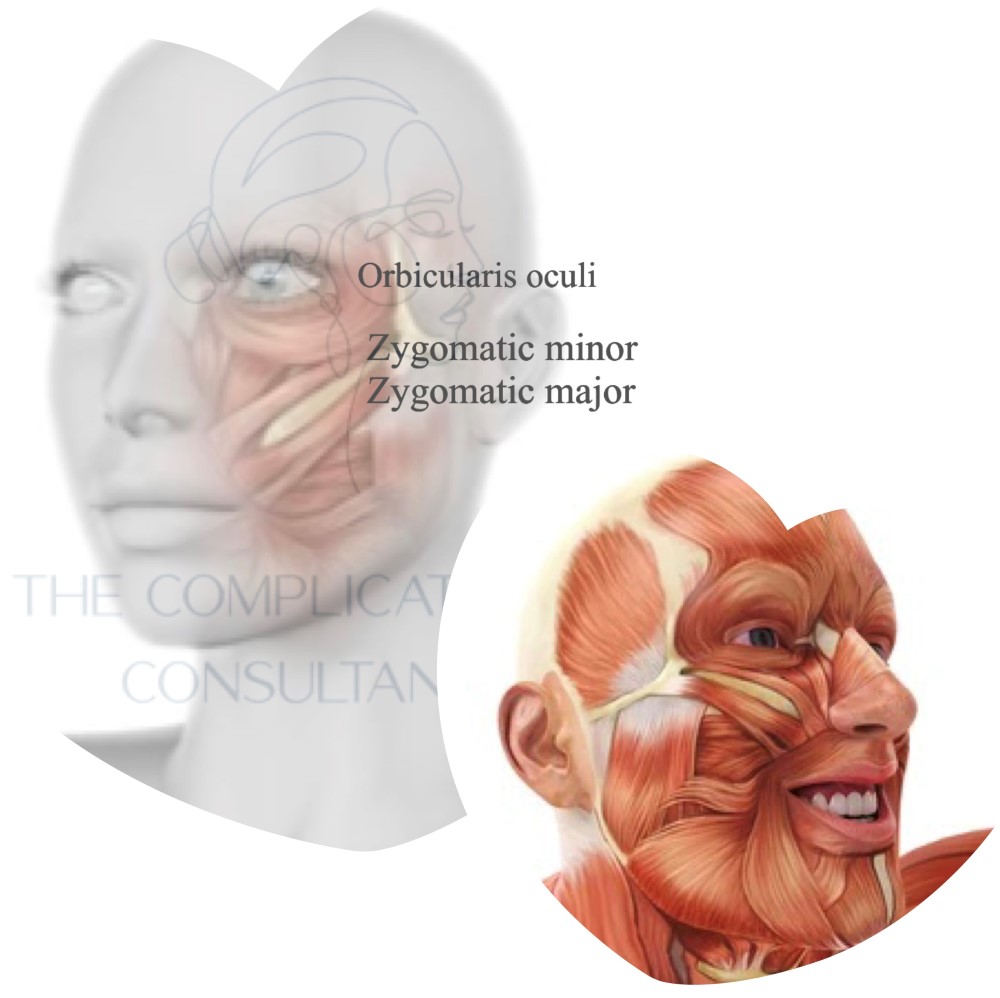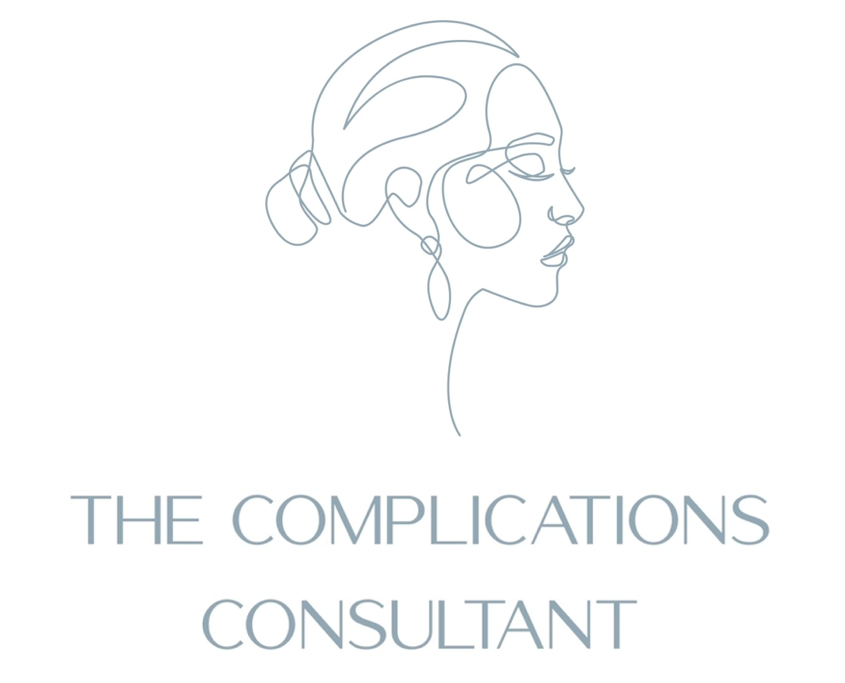Causes
By simply examining the anatomy, it is easy to see there are several muscles involved with the cheeks positioning when smiling. The most powerful in this group are the zygomatic muscles, two muscles starting in the angle of the zygoma and extending up into the orbicularis oris.
When these two muscles contract they pull the corner of the mouth and the cheek upwards, as a result, this causes projection of the apex and fat of the cheek.
Often times, the orbicularis oculi is not regarded as main muscle when exercising the movement of a smile, but is in fact one of the most relevant, being another muscle that works to elevate the cheek. The result being elevation and projection of the cheek, offering a warm and friendly smile.

The above diagram depicts nicely, the movement of these muscles when a person smiles. You can easily see how the effect of toxin would impact negatively, the way these muscles work and inhibit a persons smile. You can see how the treatment of the orbicularis oculi may inhibit the smile mildly, however to main muscles associated with cheek ptosis are the zygomatic muscles. This tends to happen unilaterally, further highlighting an aesthetic imbalance.


